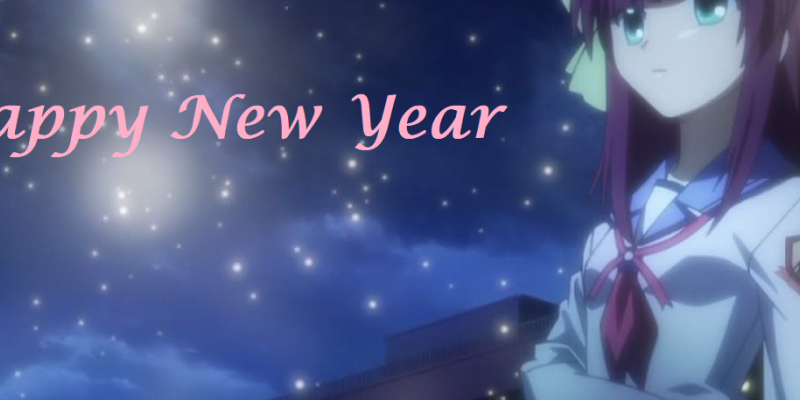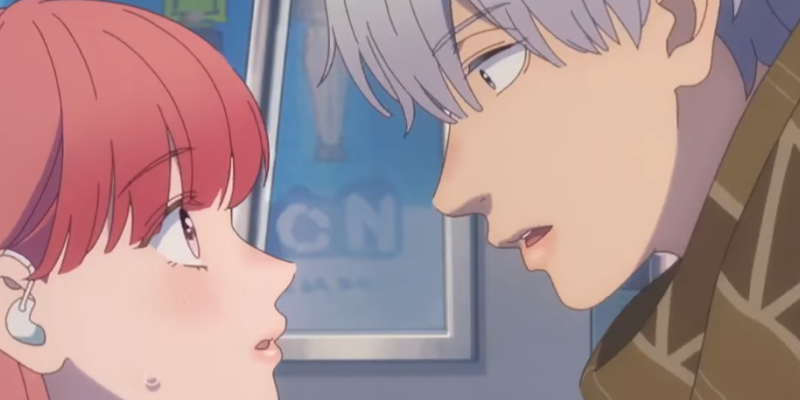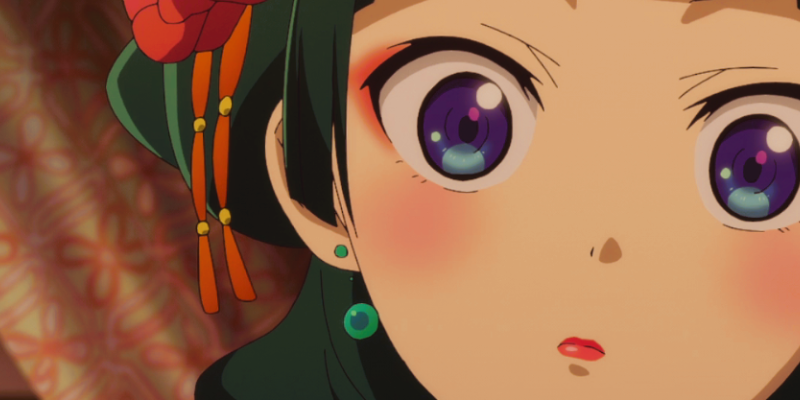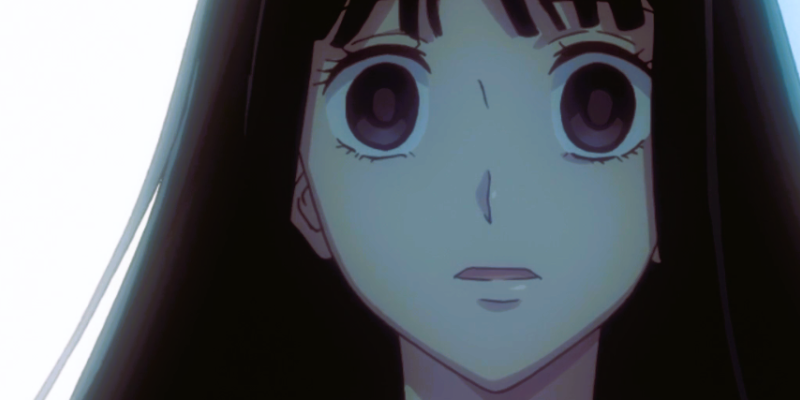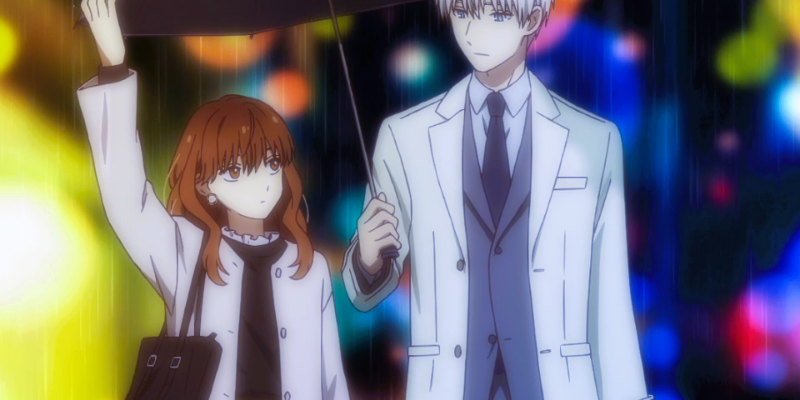Some manga and anime series have very similar concepts, plotlines, or characters. Many have observed that The Tale of Outcasts is quite similar to The Ancient Magus’ Bride or Sacrificial Princess and the King of Beasts (which was finally adapted into anime form later the same year). All of three of these stories are centered around a young girl as she begins a journey with a demon, beast, or other magical creature.
I’m a fan of The Ancient Magus’ Bride and its unique, high-quality art and music. I also ended up loving Sacrificial Princess when it was released. But what about The Tale of Outcasts? Regrettably, despite the similar concept, this anime series wasn’t nearly as good as the others. If you want the breakdown of what went wrong, as well as an overview of the positives, please skim through the series review below.
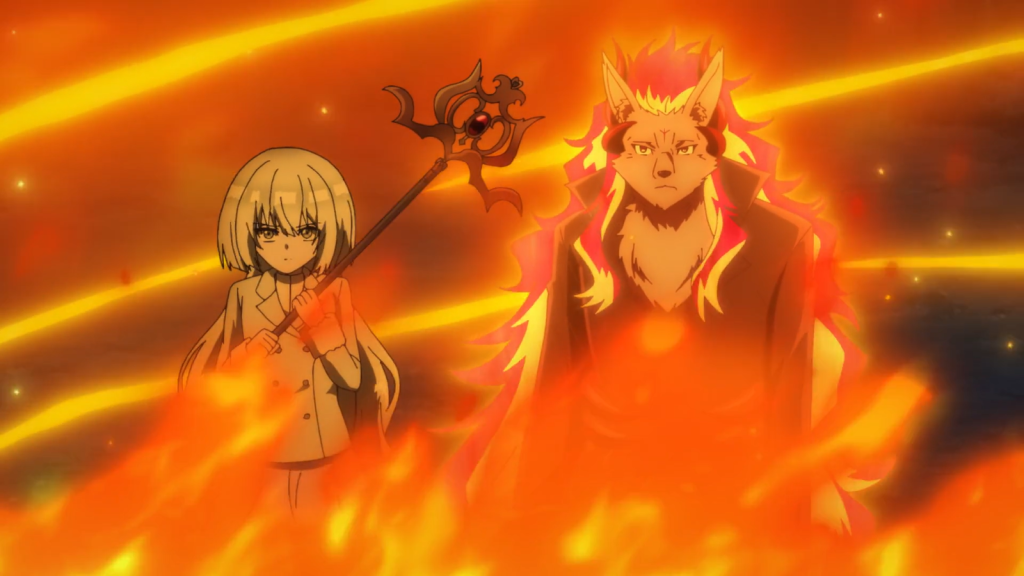
Visuals: 7/10 Good/Fine
As far as I’m concerned, the visuals were not a real problem. In my memory, the art and animation were pretty subpar, but when I went back and re-watched the pilot episode, they looked great – or at least, good. The colors are rich and the lighting and shading is always on the mark. The detail for close-up shots is is impressive – especially for the demons with their furry faces.
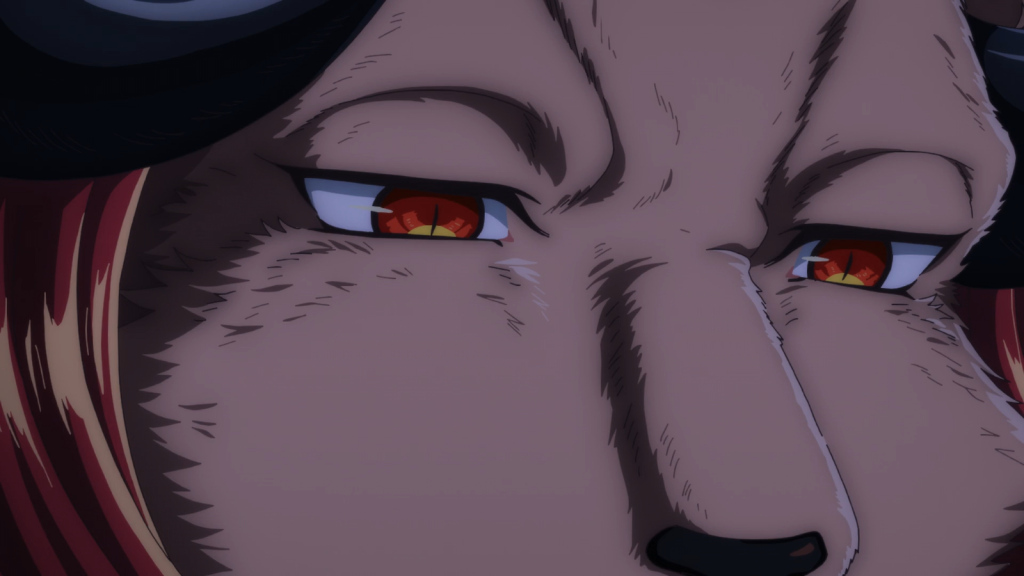
Speaking of the demons, I loved the character designs for most of them. Marbas and Naberius are obviously the coolest, but Sitri and Astaroth were also pleasing. The design for Wisteria was too colorless, and her hair was weird. Diana’s design was too simple, although she had some nice dresses sometimes. While the action scenes certainly weren’t the best in terms of creativity or smoothness, they were satisfactory.
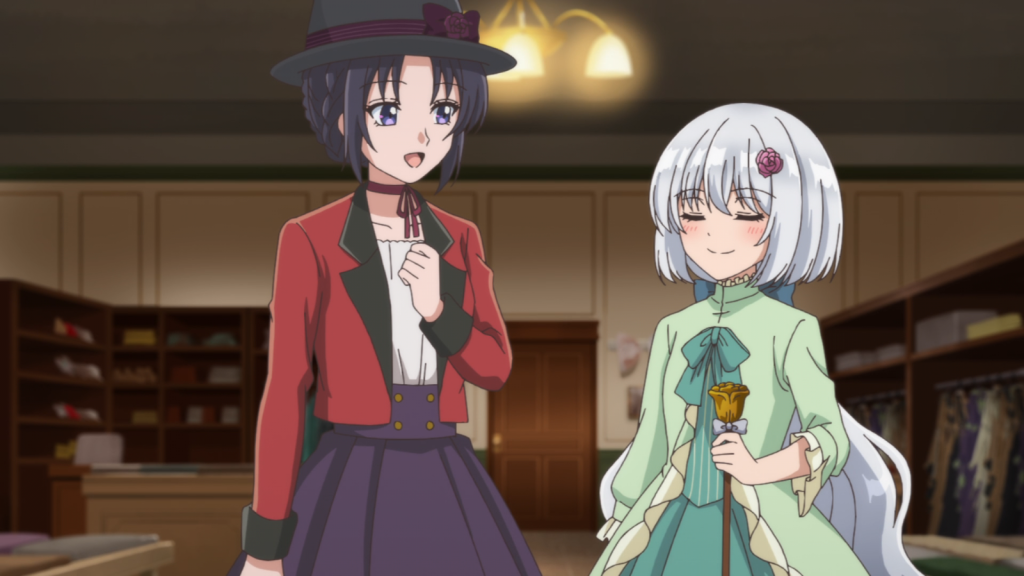
The visuals were probably a bit too simple to be considered “excellent.” Still, they looked fine to me. My favorite aspects were the color pallet and the designs for the fluffy demons. (They also look epic in their powered-up forms.) If you didn’t know, I am a bit of a furry, or at least I like some of the art. Even when the furry creatures are not sexualized in any way (as in this anime), I still love them aesthetically.
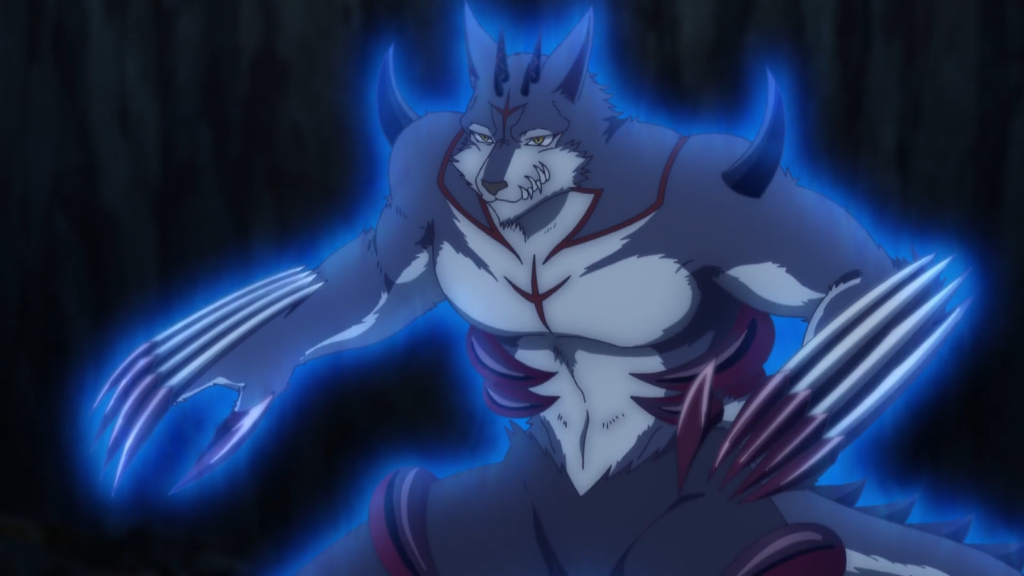
Story: 5/10 Mediocre
Here is the weakest point in The Tale of Outcasts. The setting (Victorian England) was decent. The story concept, wherein a girl makes pact with demon guardian and starts a magical journey, is also good. The execution, however, was average at best. There was no central plot. Marbas and Wisteria just wander around until they’re challenged by enemies. Also, many parts of many episodes were just plain boring. Sometimes it was difficult to get through watching.
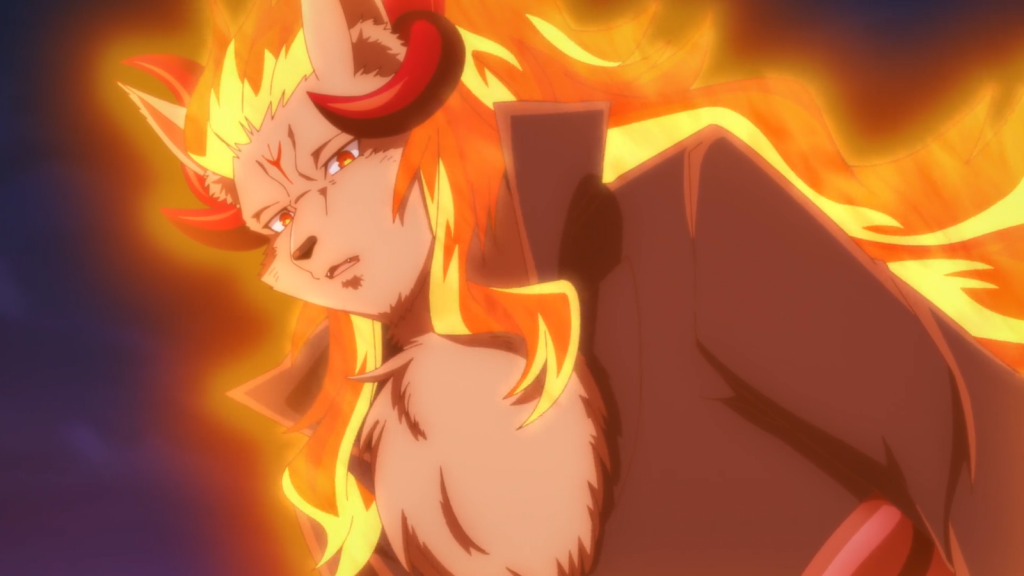
Despite good opportunities, there were no adequately developed story themes that made an impression. The title draws attention to the fact that the main characters are outcasts, and yet this idea was never explored in any meaningful way. Also, the atmosphere was sometimes too dramatic, bordering on unbelievable. For example, it was a bit much for Wisteria to be sold off to someone who literally tortures children for fun. It felt contrived to make Marbas change his mind and save Wisteria.

Another issue within the story category was the way the two final episodes were too rushed. Episodes 12 and 13 had the potential for a truly interesting story arc where Wisteria is trapped in the memory world. It was, however, too rushed and contrived. A few more episodes would have helped with flushing out this great idea, but even with two episodes, it could have been pulled off better.
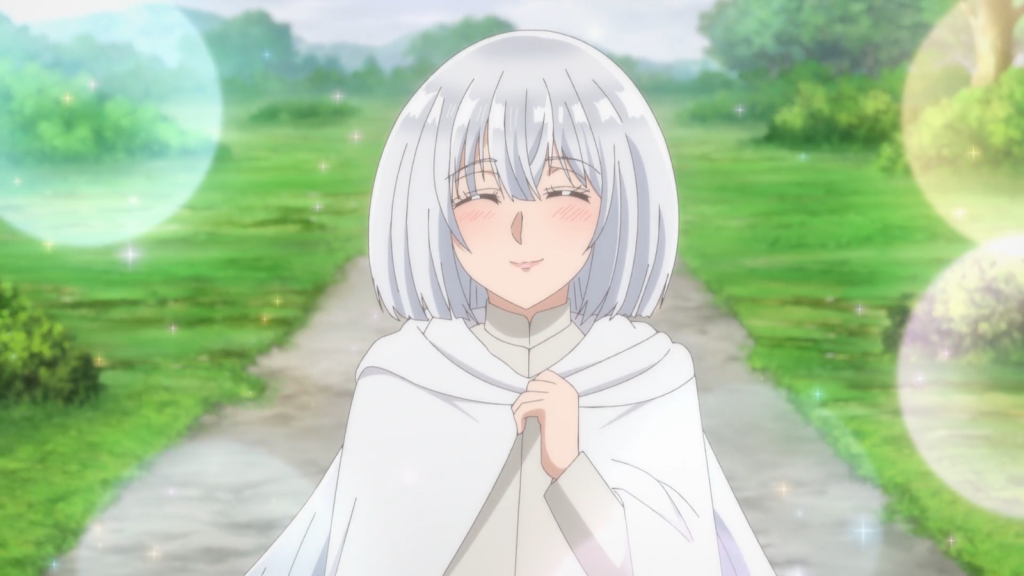
On a related note, The Tale of Outcasts had some really cool ideas, but it failed to develop them or elaborate on them. There should have been more history and world-building related to the demons, for instance. What about further elaboration on the demon-hunting organization that employs Snow? We learned a little, but it was a shallow scratch on the surface. Snow becoming a demon was also an intriguing twist, but his history with demons in the past was rushed in its explanation.
With all these issues, the story category is distinctly worsee than what I had hoped for.

Audio: 7/10 Good/Fine
The audio, while not excellent, was more than good enough. The songs, for instance, were quite enjoyable. Opening song “Ashita no Katachi” (Shape of Tomorrow) was performed by Ayana Taketatsu, who also voiced Wisteria. I enjoyed this song and the unique voice of this seiyuu. I also loved the ending song, “Rewrite” by Habuki. It’s an alternative rock song with cute female vocals and a slow start that builds up in tempo and emotion at several points.
As I mentioned, Ayana Taketatsu was the voice of protagonist Wisteria. She is probably most known for playing Kotori Itsuka in Date A Live, but she’s had many other roles as well. Katsuyuki Konoshi played Marbas and did a fantastic job. I only recently discovered this deep-voiced VA and started to recognize him in some recent roles. He was great as Shide in Summertime Render and Tengan Uzui in Demon Slayer.
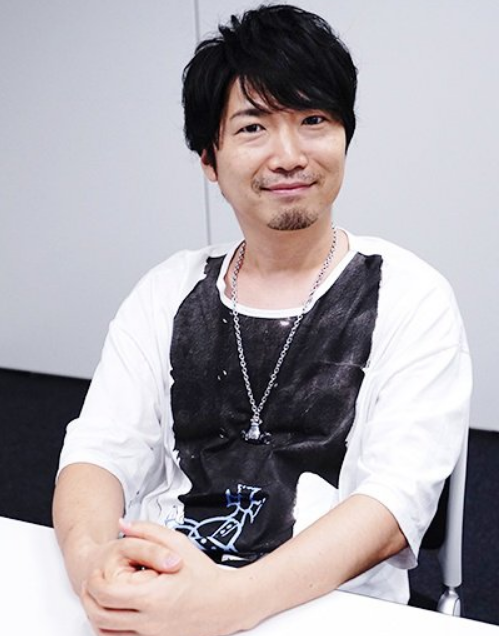
Other than those two main VAs, I’m not familiar with most of the supporting cast. However, I noticed that two prolific VA veterans also appeared: Junichi Suwabe as Naberius and Yoshitsugu Matsuoka as Sitri. (Matsuoka is most known for being the voice of Kirito in Sword Art Online. Suwabe has had so many roles that I don’t know what to credit him with.) It was an entertaining mix of voices.
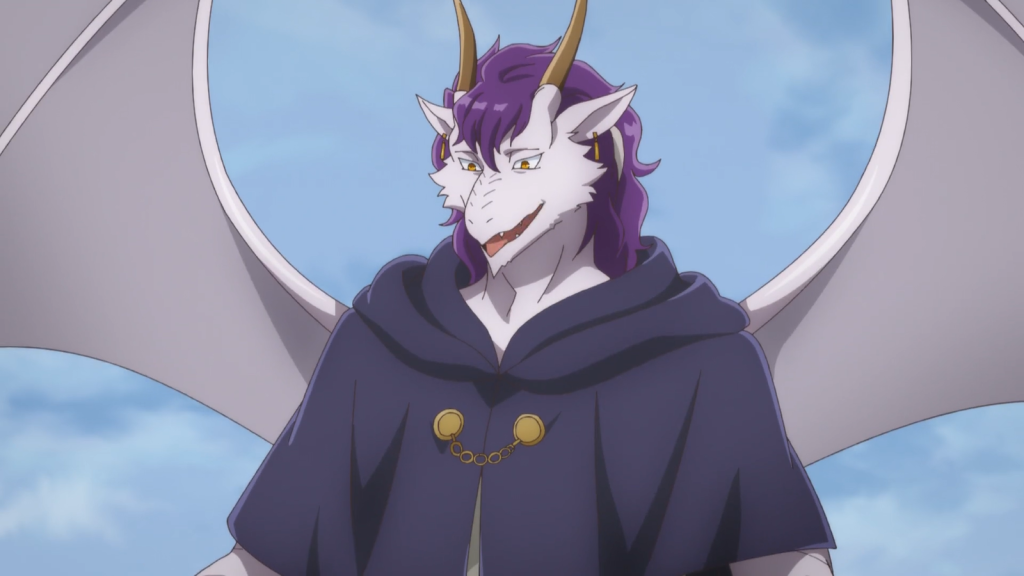
Characters: 6/10 Average/Satisfactory
Although I personally enjoyed most of the characters, I tried to consider this category a bit more objectively, with some insight from other reviews online. I came to the conclusion that the characters in this anime are only about average quality in concept and development. They are also slightly below average in likeability and lasting impression on the audience. Let’s go over some specifics.
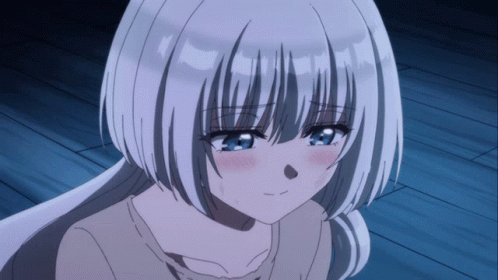
With her sad and traumatic childhood, Wisteria should have been pitiable and easy to root for, if not exactly relatable to most people. But something about her made her seem unoriginal, simple-minded, and lacking in agency. Marbas was a good character, but the anime didn’t truly delve into the personal growth he was experiencing. His character arc is about investing in life again after centuries of being a bored, apathetic demon. In my opinion, this idea wasn’t adequately explored.
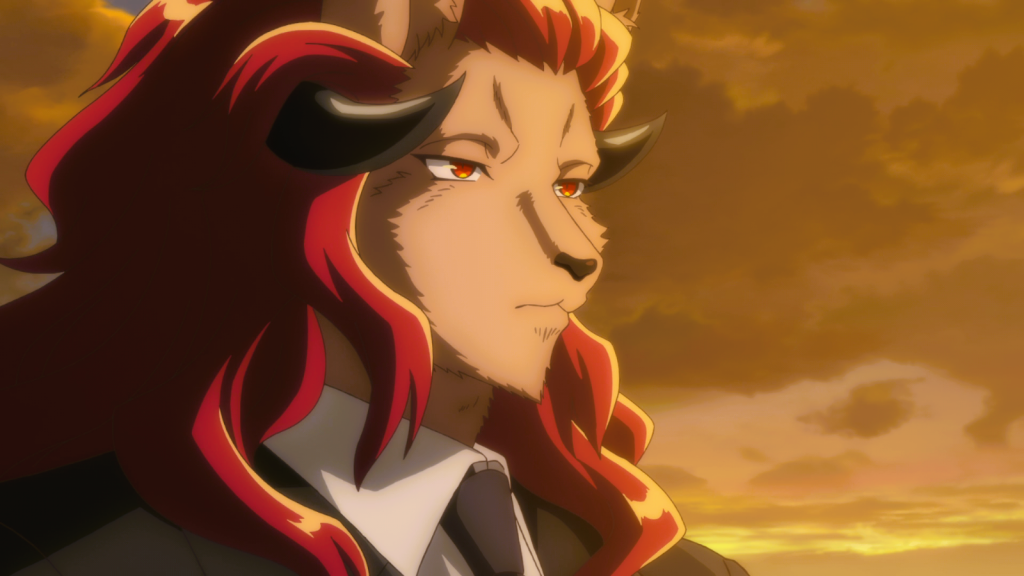
Dantalian and Luther both had great starting concepts and fascinating personalities, but once again, they were not afforded enough time or depth. Luther almost hit the mark with his character arc about identity, but not quite. Sitri’s nihilism and desire to find significance needed more discussion. It was only explored in that one scene where he sat down and talked with Marbas after his defeat. Also, I didn’t like Snow at all; the impatient hot-head type gets on my nerves if it’s not done right.

The side characters – like the orphan girl in episode 3 and Dianna Blackbell – were mildly interesting, but very standard overall. The best one, in my opinion, was Iberta the warrior. Like several other shows set in Victorian England, The Tale of Outcasts featured its own version of Sherlock Holmes and Dr. Watson. While they weren’t absolutely terrible, I didn’t like them much and had trouble taking them seriously. The character category as whole is likewise not “bad” – it’s just average.
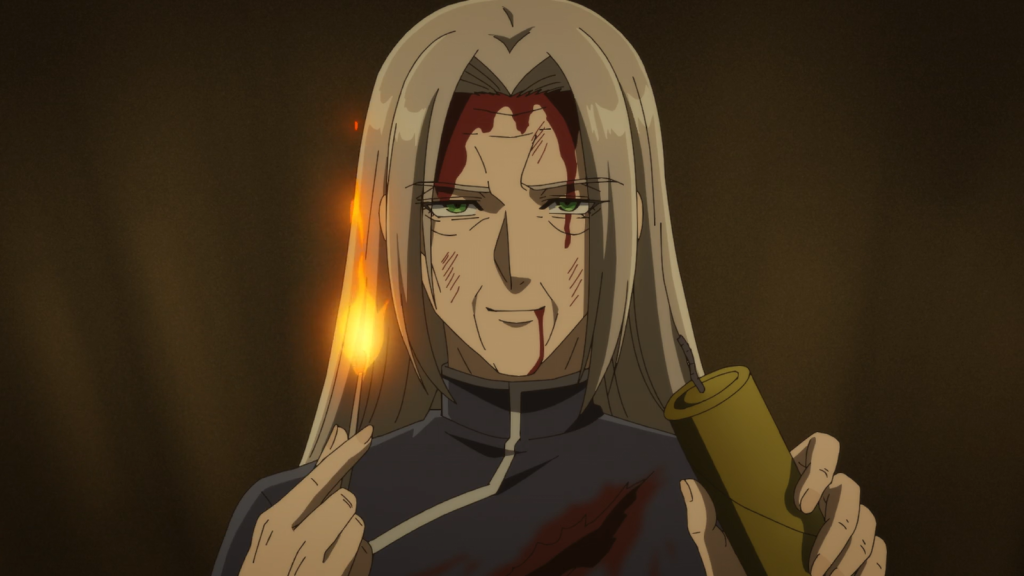
Enjoyment: 7/10 Good/Fine
As you can see, I had a relatively high enjoyment level of The Tale of Outcasts. I don’t dislike this anime at all. It’s just that, in many ways, it did fail to live up to series with similar plot ideas. Anyway, allow me provide a few brief examples of elements I thoroughly enjoyed in this anime. My apologies if some of it is redundant.

The furry demon designs were definitely some of the top reasons for my enjoyment. Dantalian’s bull demon form was pretty damn cool. Marbas had the most original design, in my opinion. But due to my lifelong fixation on wolves, my actual favorite was Naberius. Besides looking cool, the wolf demon is humorous example of a male tsundere character. He always acts like he doesn’t care, or he says harsh things – but eventually, his actions prove his true feelings.
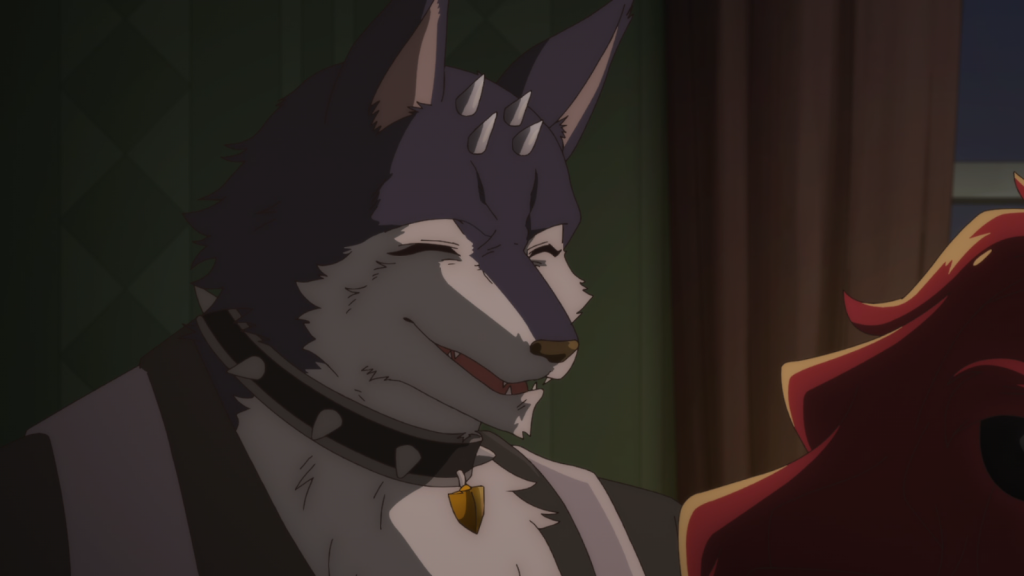
Luther’s story and the connection between memories and identity was extremely interesting to me. It’s the closest this anime came to good psychological depth. In addition, some of the ideas and concepts introduced in this series were fascinating. My favorite was probably the memory world that Sitri used to trap Wisteria. Another interesting (but more cliché) idea was seen in episode 3, when the ghost girl didn’t realize she was already dead.
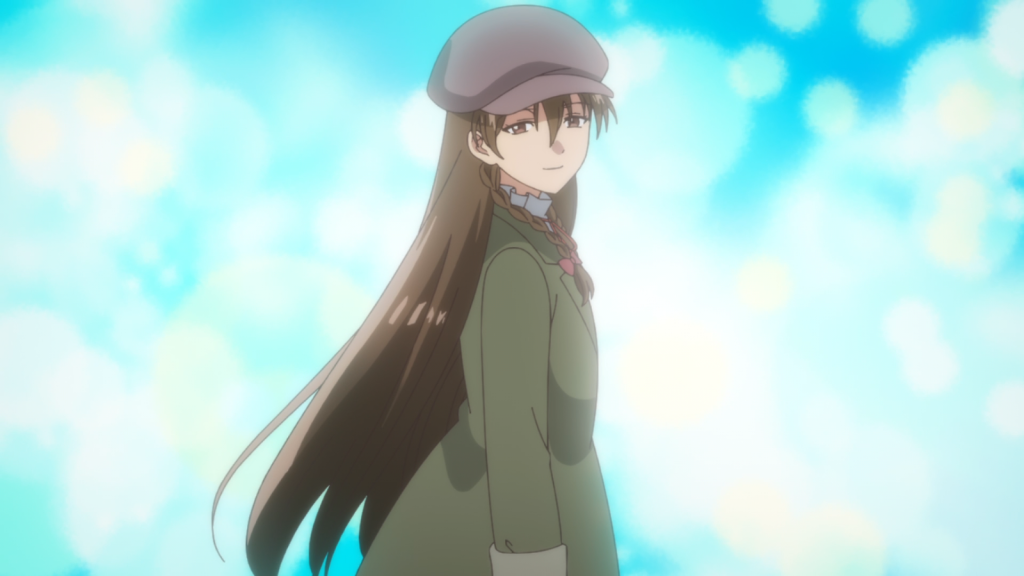
On a final note, I loved Marbas’ wholesome attachment to Wisteria. It’s not like what we see in similar series. In The Ancient Magus’ Bride, Elias wants to make Chise his bride, and is therefore grooming a young girl. I still love that series, but I have to admit where it’s problematic. In Sacrificial Princess and the King of Beasts, the relationship between the girl and the beast is healthy and sweet, but it’s still a romance with the very occasional awkward element.
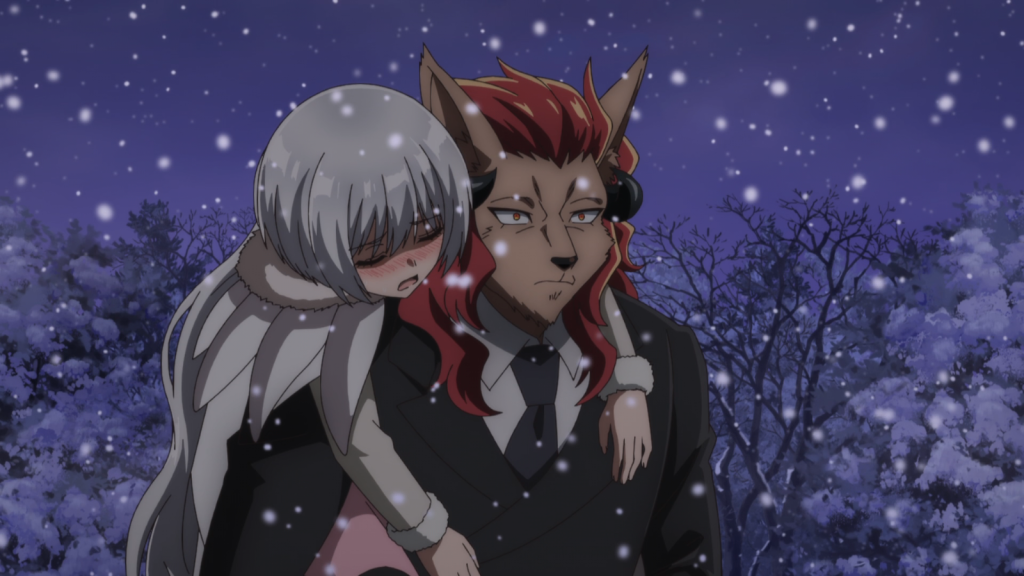
The Tale of Outcasts is different. Marbas never says or does anything that suggests he’s romantically or sexually interested in Wisteria. He’s her guardian. They have a wholesome friendship centered around protecting Wisteria. (Due to the rules of the demon universe, Wisteria did need to surrender her eyesight to make the pact with Marbas. That’s just a rule that couldn’t be helped – it’s not as if Marbas wanted to take anything from her.) All that to say, I love the platonic relationship in this anime.
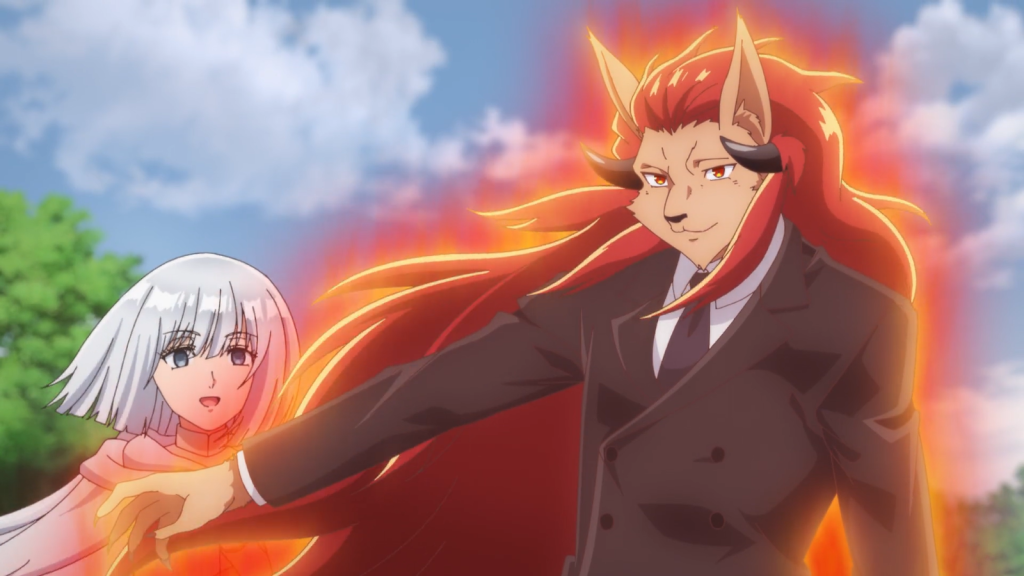
Overall Score = 6.4 /10.0 Average/Satisfactory
The overall score is the average of the five scores for the categories we talked about above. Generally, a score in the 7s is “Good” and a score in the 8s is “Excellent.” The Tale of Outcasts is still in 6s territory, which is “Average.” I feel this is the fairest way to represent the series. For reference, the current rating for this series on MyAnimeList.net is 6.59, a little higher than my score.
If you want a series that’s higher quality and has a similar basic plot, then you should pick The Ancient Magus’ Bride or Sacrificial Princess. I would say to skip The Tale of Outcasts – unless a) you really like anthropomorphic beast designs, and/or b) you really love the setting of Victorian England. If those tastes apply to you, then by all means, check out this anime!
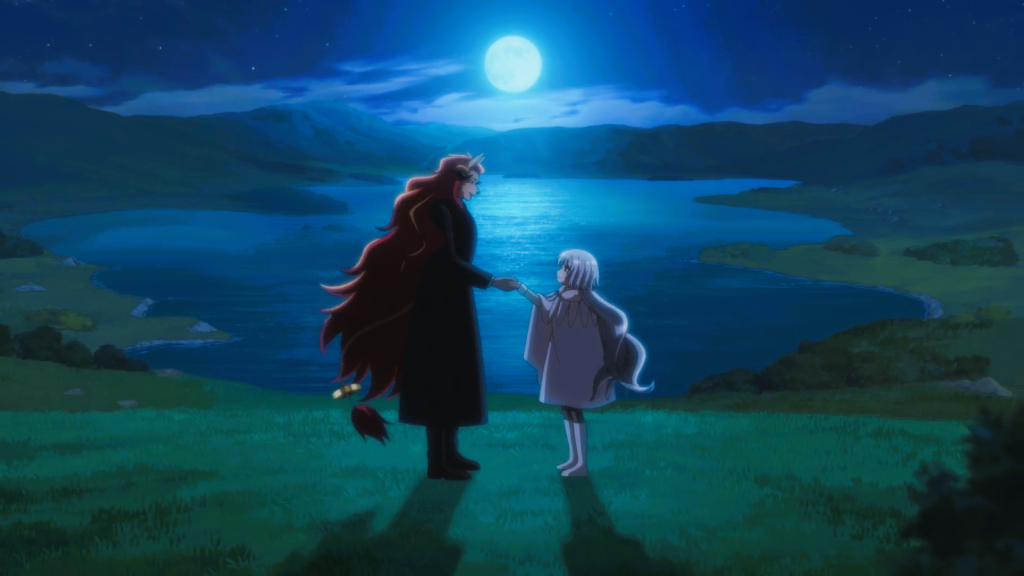
Thanks for reading~
PATREON
